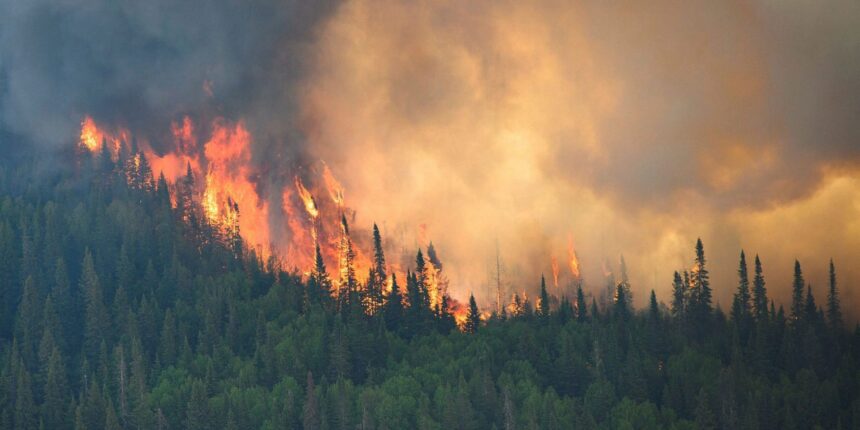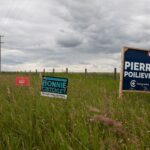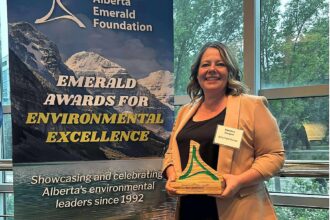As flames consume vast swathes of Canadian wilderness for yet another record-breaking season, an ancient knowledge system that could mitigate this growing crisis remains sidelined in our national wildfire strategy. Indigenous communities across Canada have been pleading for decades: let us help prevent these catastrophes before they begin.
The statistics are staggering. Canada has already seen over 4,800 wildfires this year, destroying more than 12 million hectares of forest—an area larger than Nova Scotia. Communities evacuated, billions in economic damage, and immeasurable environmental harm continue to mount while traditional Indigenous fire management practices—proven effective for thousands of years—receive minimal support from federal and provincial authorities.
“Our ancestors managed these lands through controlled burns long before Canada existed as a country,” explains Elder Thomas Beardy from the Wasagamack First Nation in Manitoba. “These weren’t random fires, but carefully planned interventions that prevented the dangerous buildup of fuel that leads to today’s catastrophic blazes.”
The evidence supporting Indigenous fire stewardship is overwhelming. Research published in the Canadian Journal of Forest Research demonstrates how cultural burning practices create natural firebreaks, promote biodiversity, and significantly reduce wildfire intensity when properly implemented. Yet federal funding for Indigenous-led fire management programs remains a fraction of what’s spent on reactive firefighting efforts.
The disconnect appears institutional. While the Canada News cycle fills with images of emergency evacuations and firefighters battling uncontrollable blazes, preventative measures receive scant attention in CO24 Politics coverage or budget allocations. Only 3% of Canada’s wildfire management budget supports prevention activities, with Indigenous programs receiving less than 1% despite their proven effectiveness.
William Nikolakis, executive director of Gathering Voices Society, has documented how jurisdictional complications further hamper progress. “First Nations communities often find themselves caught between provincial forestry departments, federal Indigenous Services, and multiple other agencies when trying to implement traditional burning practices,” he told me during an interview at his Vancouver office. “The bureaucratic hurdles are enormous.”
The contrast with other nations is telling. Australia has increasingly embraced Aboriginal fire management techniques following catastrophic bushfires, with measurable success in reducing fire intensity and spread. Similarly, parts of the United States have implemented Native American burning practices in national forests, reporting significant improvements in ecosystem health and wildfire resilience.
Economic analyses published in leading CO24 Business journals indicate that every dollar invested in preventative fire management saves approximately seven dollars in emergency response costs. This economic reality makes the continued marginalization of Indigenous approaches even more perplexing.
“This isn’t just about respecting traditional knowledge,” explains Dr. Sarah Hoffman, wildfire ecologist at the University of British Columbia. “It’s about implementing proven, science-backed methods that work. Indigenous fire knowledge represents thousands of years of carefully observed ecosystem management.”
Climate change has only heightened the urgency. World News reports consistently show warming temperatures creating longer, more intense fire seasons across the Northern Hemisphere. Canada’s boreal forests are particularly vulnerable, with fire seasons now starting earlier and ending later than historical averages.
The federal government has acknowledged the value of Indigenous knowledge in recent policy documents, including the 2023 National Wildfire Strategy. However, concrete funding and implementation remain woefully inadequate according to Indigenous leaders across the country who continue advocating for meaningful partnership rather than token consultation.
As smoke blankets communities from British Columbia to Nova Scotia, the question becomes increasingly urgent: how many more record-breaking fire seasons must Canadians endure before we fully embrace the Indigenous-led solutions that were managing these lands sustainably for millennia before colonization?


















